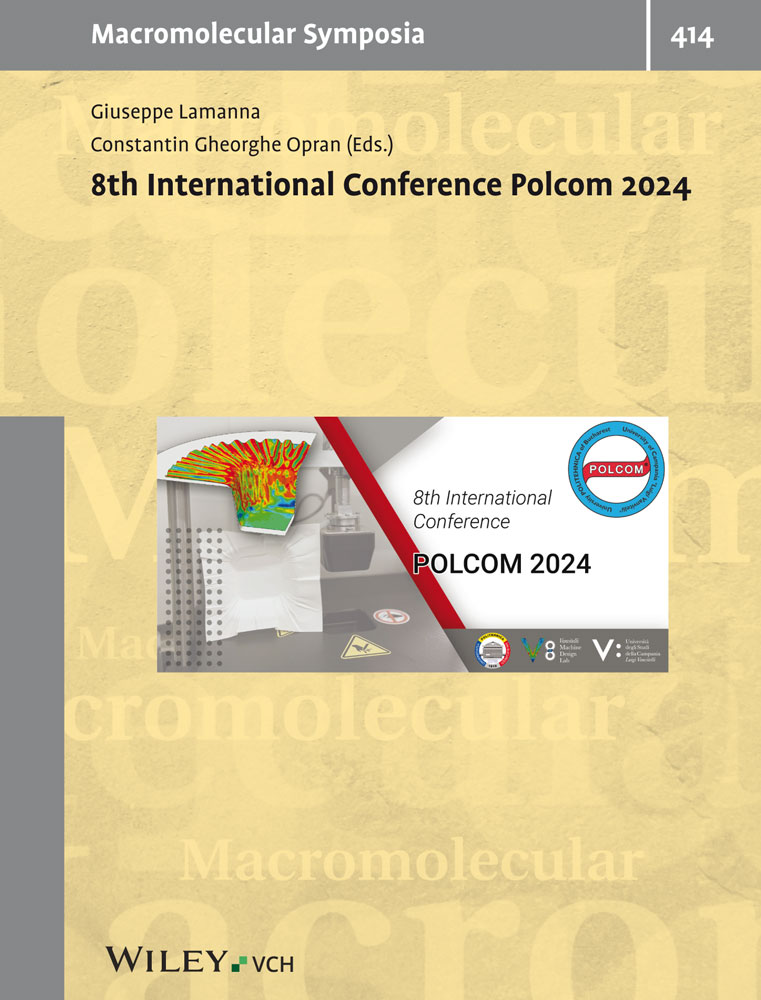The mutual effect of absorption of biologically active substances and microstructure of native cellulose matrix on the properties of resulting compounds
Abstract
In order to obtain multicomponent polymer systems exhibiting biological activity microcrystalline cellulose was used as a matrix for biologically active compounds, such as dimethylbenzylalkylammonium chloride, poly-N-vinylpyrrolidone, copolymer of N-vinylpyrrolidone and crotonic acid, and complex of dimethylbenzylalkylammonium chloride with copolymer of N-vinylpyrrolidone and crotonic acid. Adsorption interaction of microcrystalline cellulose with these was studied under various conditions. Adsorption isotherms of compounds of polymer nature are of similar character and are described by the Freundlich equation. The isotherms of dimethylbenzylalkylammonium chloride are described by the Langmuir equation. Characteristics of the resulting compounds were obtained using XPS and IR Fourier spectroscopy, WAXS, and SEM. Chemical interaction between microcrystalline cellulose and dimethylbenzylalkylammonium chloride takes place. This interaction leads to a new labile morphological cellulose structure accessible to penetration, which is confirmed at a morphological level by SEM.




